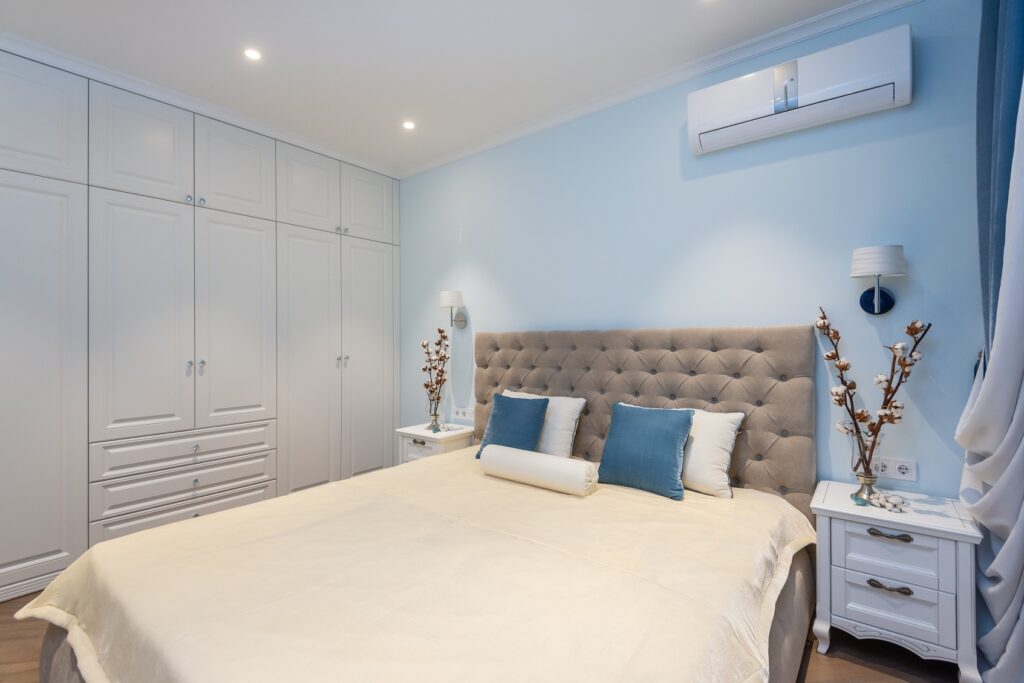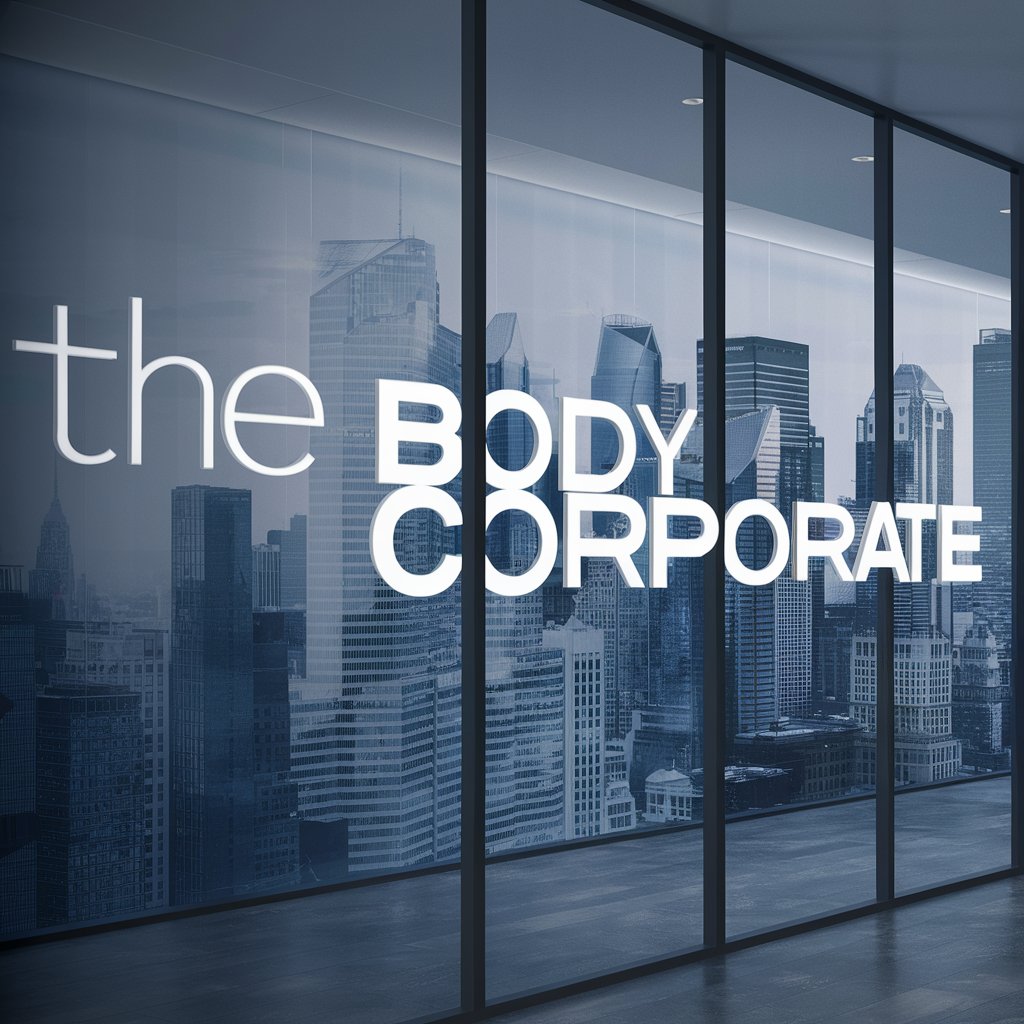Installing a split system air conditioner (AC) can be a great way to stay cool during hot summer months and maintain a comfortable indoor environment year-round. However, like any home improvement project, common mistakes can lead to inefficiency, increased energy bills, and even damage your new system. This article will examine the ultimate errors to avoid in split system installation to ensure you get the most out of your investment and enjoy a comfortable living space without hiccups.
1: Incorrect Unit Size
One of the most critical aspects of a successful split system AC installation is selecting the right unit size for your space. Installing an AC unit that is too small will result in insufficient cooling, causing the system to work harder and wear out faster. On the other hand, installing a too large unit will lead to short cycling, where the system turns on and off frequently, consuming more energy and reducing its lifespan. To prevent errors, it’s crucial to enlist a professional for a load calculation to determine the optimal unit size for your home.
2: Poor Placement
The location of your indoor and outdoor units is significant in the efficiency and effectiveness of your split system AC. To maintain optimal performance and lifespan, homeowners should avoid situating the outdoor unit in direct sunlight or near heat sources like a dryer vent or grill. Overheating can result in diminished unit performance. Additionally, improper placement of the indoor unit may lead to uneven cooling throughout the home. Seeking advice from experts that offer A/C Installation in Avondale (or indeed elsewhere) would be a good idea, as they can assess the ideal placement for both units based on your specific layout and requirements.
3: Neglecting Insulation and Sealing
Adequate insulation and sealing are crucial for sustaining a comfortable indoor atmosphere and optimising energy efficiency. Failing to insulate and seal the gaps around doors, windows, and ductwork can result in cold air escaping during the summer and warm air escaping during the winter. This increases energy bills and puts extra strain on your AC system. Ensure to address insulation and sealing issues before installing your split system AC to create a more energy-efficient home.
4: Skipping Professional Installation
While DIY projects can save money, there are better times to cut corners than installing a split system or AC. Hiring a professional installer ensures the system is correctly sized, placed, and installed according to manufacturer specifications. Professionals have the knowledge and experience to safely handle intricate electrical and refrigerant connections. Skipping professional split system installation can lead to costly repairs, reduced efficiency, and even safety hazards.
5: Inadequate Maintenance
After installing your split system AC, diligent maintenance is required to ensure its longevity and optimal performance. Avoid routine tasks like cleaning or replacing air filters, inspecting for refrigerant leaks, and cleaning the outdoor condenser, which can result in improved efficiency and potentially expensive repairs in the future. Establishing a maintenance routine and scheduling regular check-ups with a professional technician will help ensure your AC system operates smoothly.
6: Overlooking Electrical Requirements
Installing a split system AC involves electrical work that must meet local building codes and safety standards. One common mistake is neglecting the electrical requirements or attempting to connect the unit to an inadequate electrical circuit. This can result in electrical issues, including circuit overloads, frequent tripping of circuit breakers, and even damage to the AC system. Always consult a qualified electrician to ensure your electrical system supports the new AC unit.
Conclusion
A split system AC can be a valuable addition to your home, providing comfort and relief from extreme temperatures. However, preventing common errors during the installation is essential to guarantee the system operates efficiently, lasts longer, and remains safe. Investing in a proper installation now will save you both time and money in the long run while keeping your indoor environment comfortable and relaxed.






